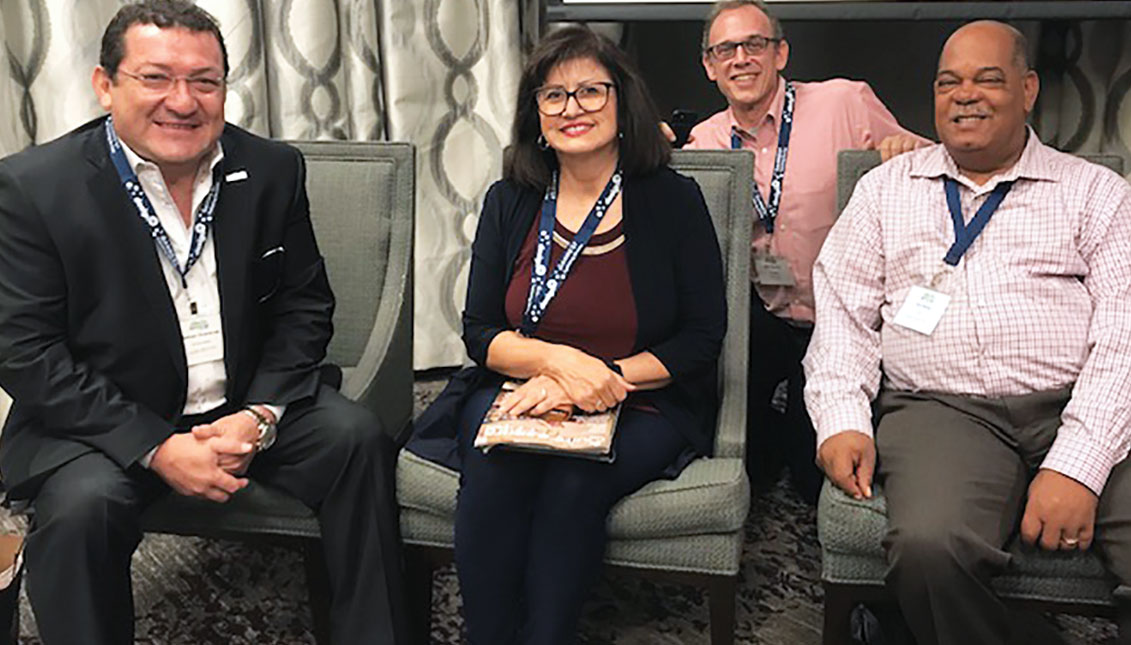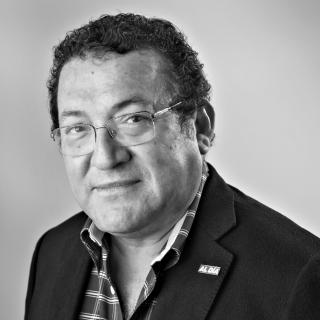
The "Black," the "Brown," and the "White"
MORE IN THIS SECTION
Whenever someone calls Latinos the “Brown” people, I have no other choise but smile.
Maybe because in my own family of 10 very diverse siblings —children of the same mother and father, by the way— you can find multiple hues of skin colors and hair style.
Almost as tanned and also slightly curly as baseball player Sammy Sosa and as white and blonde as actress Cameron Diaz— as one my daughters looks like today.
However, generalizations still prevalent in the most reputable media in the U.S. indicate we are the “Brown” kind —as Chris Cuomo just called us this week in CNN— which makes a lot of sense, since we are so invisible in that media, anyway.
And, therefore, it is much easier for the popular anchors to distinguish us from “the others”— the “Black”, the “Asian”, and the “Non-Hispanic White" —that cryptic new category the U.S. Census form created in 2010— and summarily dumped us all into "the Brown" category.
I filled out the U.S. Census form 10 years ago, and I intend to fill it out again next year again, with absolutely no hesitation, as I consider it a duty as a U.S. Citizen
Regardless of these semantic confusions, I filled out the U.S. Census form 10 years ago, dealing with nonsense questions such as the one just stopped by the U.S. Supreme Court on Citizenship status.
I intend to fill it out again next year again, with absolutely no hesitation, as I consider it a duty as a U.S. Citizen, and a primary responsibility as a resident of the United States— not only with the city I live in, but also the wonderful state and the great country I work at, pay taxes to, and love wholeheartedly.
RELATED CONTENT
Millions of fellow U.S. Latinos will also be filling out that form being printed as we speak, and no campaign of fear will diminish our determination to help the U.S. Census count properly our entire population.
It is easy to predict that at the end there will be yet another surge in the U.S of the number of “Hispanics”— the now famous word all of us forgot was made up and and introduced by the U.S Government office of the 1970 Census to name amorphous and difficult to classify people who came North not only from Mexico, Cuba, and Puerto Rico, but also from Colombia, and as far East as Spain, and as far South as Argentina.
They are the very people who, regardless of the labels, are repopulating and reinvigorating today our American neighborhoods, boosting the local economy with new tax-paying business established across our cities, enriching our urban centers with its robust culture and disciplined work ethics, and eventually and inevitably impacting the politics of the entire country, both at the national and local level in this 21st Century.
This is all to say that I was so pleased to attend this past week the national convention of the Association of Alternative News Media (AAN), where I found the “Black,” the “Brown,” and the “White” hanging out together in a camaraderie difficult to see in many other media conventions I have attended over the past 30 years.
Thanks to an invitation by ANN President John Heaston (who claims AL DíA is an "alternative" media:) I sat at a panel where we discussed how our media came about, how it has thrived and survived over the decades.
To our surprise, in no different fashion the brave Alternative Weeklies publisher have done during the last part of the 20th Century, in the 60s, the 70s, the 80s and the 90s, and also the courageous African American media since the 19th Century.
And as we all most likely will continue doing it in this dawn of the 21st Century, when the practice of independent journalism, and the daily exercise of the First Amendment of our Constitution, may still have a chance.







LEAVE A COMMENT:
Join the discussion! Leave a comment.